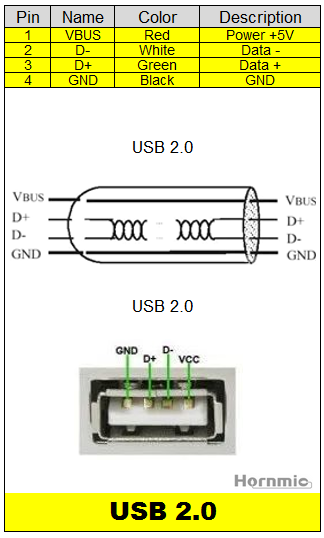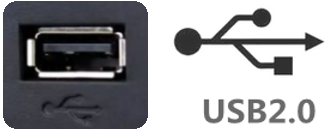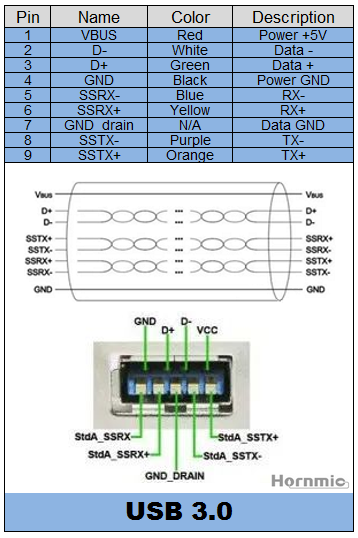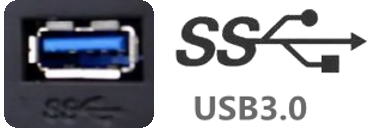USB2.0和USB3.0之间的差异
发布日期:2023-09-12
点击次数:408
Differences between USB2.0 and USB3.0
USB is a new generation of interface standard jointly formulated by computer companies and communication companies in 1994. The full name is Universal Serial Bus (USB). As a high-speed serial bus, USB bus has high transmission speed, which can meet wide applications of high-speed data transfer.
Advantages of USB bus:
- Simple power supply mode (bus power supply is available)
- The installation and configuration is very simple (plug and play and hot plug are supported)
- Easy to expand ports (up to 127 peripherals can be expanded through the hub)
- Diversified transfer modes (control transfer, interrupted transfer, batch transfer, synchronous transfer)
- Good compatibility (downward compatibility after version upgrade).
At present, USB2.0 and USB3.0 are the most widely used. Now let‘s introduce their characteristics and differences.
USB2.0
USB-IF organization proposed USB2.0 bus protocol specification on April 27th , 2000. The protocol has a high-speed transmission rate of 480mbit/s, and is downward compatible with low-speed 1.5mbit/s and full speed 12mit/s. The external supply voltage is 5V, and the maximum current is 500mA; The maximum transfer distance is 5m.

USB2.0 is usually white or black with general USB logo.

USB3.0
USB-IF launched the ultra high speed USB3.0 specification on November 17th , 2008. It provides a higher ultra-high speed transmission speed of 5.0gbit/s, and is downward compatible with USB2.0; The external supply voltage is still 5V, but the maximum current reaches 900mA; And new power management functions are added to support standby, sleep and tentative modes, which save more power.

USB3.0 is adjusted to Blue interface with tags of “SS” at left side.

USB3.1 is based on the latest USB transmission specification. The new USB 3.1 interface will double the bandwidth to 10Gbps. At the same time, the coding rate is increased again.
USB3.0 is 8b/10b coding, that is, for every 10 bits of data transmitted, only 8bit is real data, and the remaining 2bit is used as the check code, so the whole bandwidth will be lost as much as 20%.
The new USB 3.1 uses 128b/132b encoding. In the 132 bit data, only 4 bits are used as the check code, and the transmission loss rate is significantly reduced to 3%. Therefore, USB3.1 is not only to improve the frequency, but also to improve the transfer efficiency.
Compared with 5v/0.5a of USB2.0, USB3.0 provides 5v/0.9a power supply. However, people still hope to have a stronger power supply capacity, so as to improve the maximum allowable power supply standard. Therefore, USB3.1 was born, raising the maximum allowable power supply standard to 20V / 5A and 100W.
It must be noted that USB3.1 and USB Type-C are two different things. Strictly, USB3.1 is a transmission standard, while USB Type C is an interface standard. There are three kinds of USB3.1 interface standards, namely USB Type-A, USB Type-B (micro USB) and the latest USB Type-C.
By HornmicLink_Bob Kuo @230912 21:06











